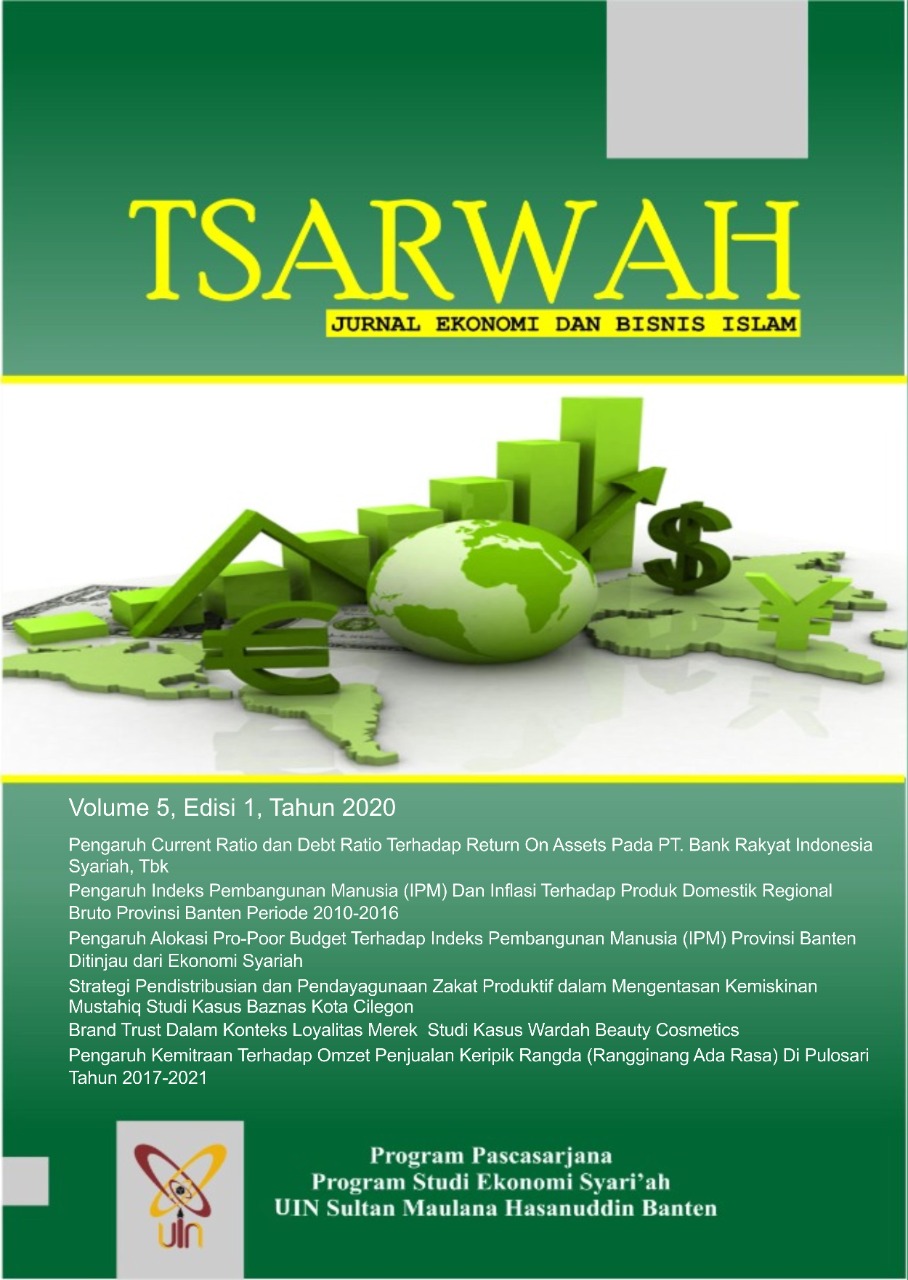Social Fund Distribution Forms by Zakat Institutions in Banten
DOI:
https://doi.org/10.32678/tsarwah.v5i01.8045Keywords:
utilization, decentralization, zakat distribution, social fundsAbstract
The existence of regulations and systems for zakat management aims to improve the effectiveness and efficiency of services in zakat management and increase the benefits of zakat for welfare and poverty reduction. The distribution development certainly follows the rise of zakat institutions skims that may overlap from distribution if there is minimal coordination between one institution and another. Previous studies have stated that there are three distribution approaches, namely centralization, decentralization, and atomization. From those approaches, the majority recommend decentralization as the best approach. Based on the studies in this article, it is found that in general the National Zakat Organization (LAZ) takes a decentralized approach to its distribution. Still, some tighten centralization on administrative aspects only. Autonomy is more visible in Regional LAZs and BAZNAS. From the pattern carried out, the most significant focus of distribution of Zakat Institutions in Banten is human resource programs, followed by economic, then health and social. In society, there is no overlapping in the distribution of social funds because each OPZ has different peculiarities and mustahiq segments. Apart from the fact that there is an unwritten code of ethics, zakat institutions do not carry out programs on the spot or in the programs other zakat institutions are working on. Like as other zakat institutions, zakat institutions in Banten also develir distribution schemes. Either through the development of a model that correlates with central institutions (for national zakat institutions) or has a peculiarity of a pattern that is indeed a skim prepared based on factual conditions in Banten society. Some use a decentralization pattern, others such as Rumah Zakat and Yatim Mandiri tend to implement priority programs launched by the head office.
Downloads
Downloads
Published
Versions
- 2023-03-16 (2)
- 2023-03-16 (1)
Issue
Section
License
Copyright (c) 2023 Efi Syarifudin, Ahmad Fadhil, Anggita Nurcahyani

This work is licensed under a Creative Commons Attribution-ShareAlike 4.0 International License.



























